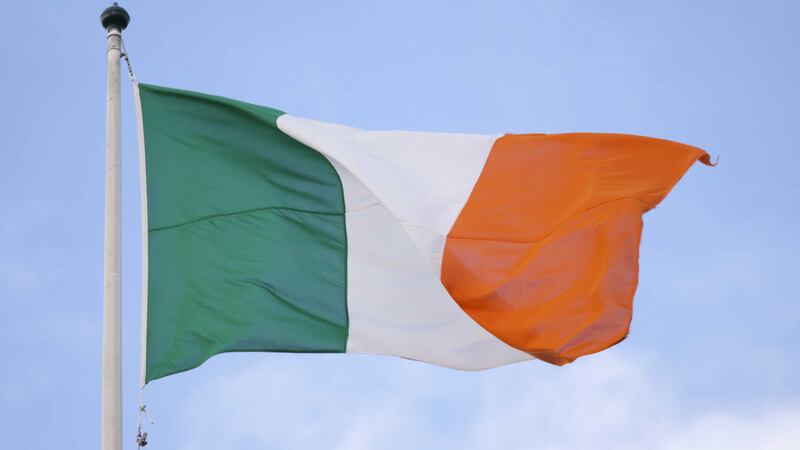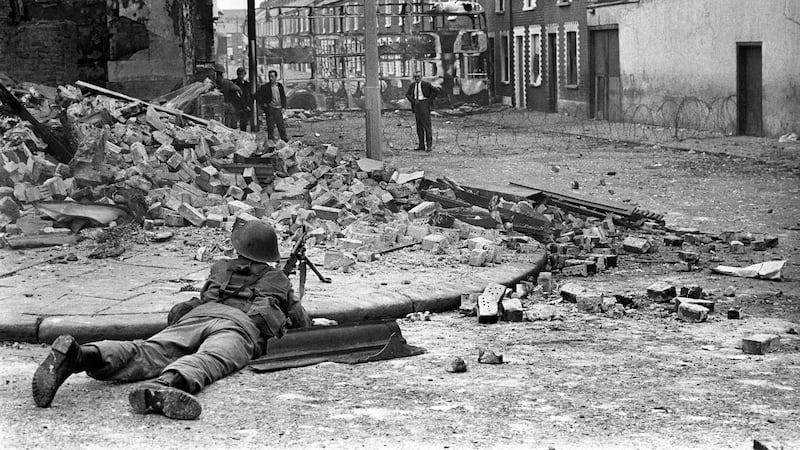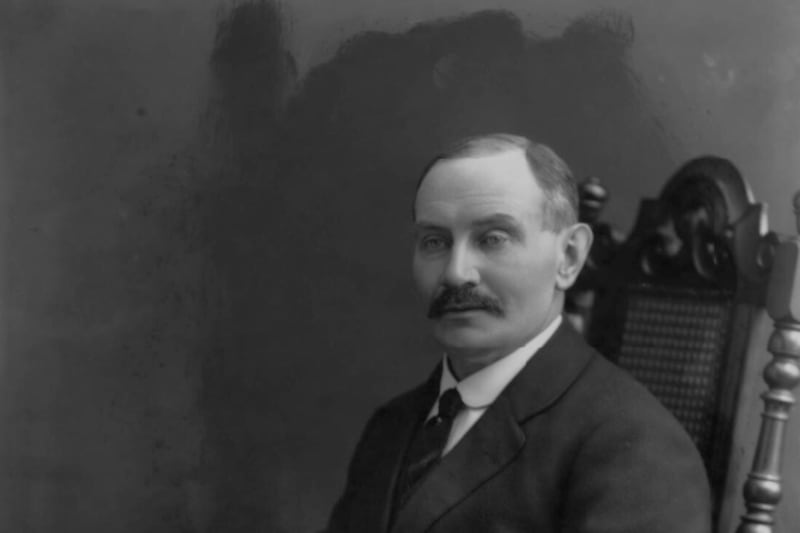June 28, 1917: TO THE Editor
Sir, - It is still a truism that if a lie be repeated often enough it will eventually come to wear the garb of truth in the public mind.
Sir Horace Plunkett, speaking in Dundalk, seems to have come to believe the oft-reiterated ‘tale’ about ‘six Ulster Unionist counties’... Coming from a man of Sir Horace’s intelligence and influence, such a statement made at this supreme crisis should not go unchallenged.
Surely Sir Horace is not ignorant of the fact that, besides what he calls ‘the three predominantly Nationalist counties of Ulster’, there are two other counties (Tyrone and Fermanagh), the latter of which poor Willie Redmond formerly represented in Parliament (returning six members four of whom are Home Rulers) and there is a sixth – Derry (county and city) in which Home Rulers and Unionists are practically equal, returning three members two of whom have been returned Home Rulers.
There are, therefore, only three counties in Ulster that by any process of reasoning can be styled ‘Unionist counties’. I know, Mr Editor, that these simple facts are well-known to us here in Ulster, but when we see men of the position and influence of Sir Horace Plunkett, (unconsciously, I am sure), lending themselves to such unwarranted contortion of the facts, I thought that the plain re-statement of the truth might be of service in dispelling the myths of ‘fable’.
Yours, etc,
Thomas J S Harbison, Cookstown, County Tyrone.
(Thomas Harbison, (1864-1931), a Cookstown solicitor, was a leading Tyrone Nationalist who voted against Redmond and ‘temporary partition’ at the ill-fated Belfast Nationalist conference of 23 June 1916. This ensured his credibility among nationalists and his victory over Sinn Féin in the East Tyrone by-election of March 1918.
A vocal critic of the Partition Act in 1920, Harbison later reluctantly represented Fermanagh-Tyrone in the Northern Parliament. Like his fellow- MP, Cahir Healy, he had placed his trust in the Boundary Commission whose collapse in 1925 came as a bitter blow.)








